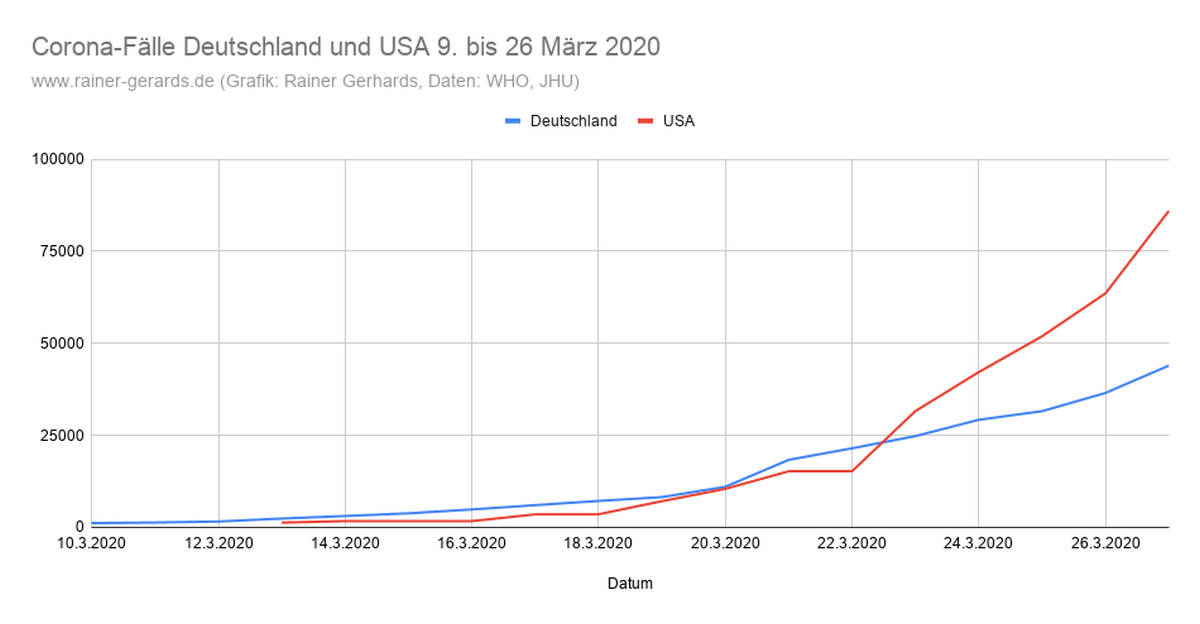

What You Need to Know About Variants | View Transcript Īs a virus spreads, it has a chance to change. Those variants must be monitored more carefully.

Some variations allow the virus to spread more easily or make it resistant to treatments or vaccines. These small differences, or variants, have been studied and identified since the beginning of the pandemic. By comparing the branches, scientists can label them according to the differences. We hope these visualizations and stories inspire you to use data to look for answers, and gain new perspectives.If you think about a virus like a tree growing and branching out, each branch on the tree is slightly different than the others.
#CORONA USA STATISTICS ARCHIVE#
For that reason, we’ve decided that it’s a good time to wind down our efforts, and re-purpose the Hub as an archive of our work. The pandemic put a spotlight on why data is essential for navigating complexity, identifying risk, and seeing the progress towards recovery and a ‘new normal’.Īfter we launched the Hub, many other public and private organizations also began publishing dashboards that offer even more comprehensive analyses. Today, we find ourselves in a reshaped and reimagined world-due in large part to what we learned through data. The last iteration of the dashboard featured a total of nine distinct metrics that made it easy for visitors to get an easy-to-understand, near-real time snapshot of the current situation around the world. Once vaccinations became available, the tracker included vaccine roll-out and uptake data. At the onset of the pandemic, the dashboard focused on case and death rates. Our Global Tracker mirrored what was happening in each phase of the pandemic.

The path to understanding begins with data
#CORONA USA STATISTICS DOWNLOAD#
Visitors could also access and download datasets to perform their own analyses. The Tracker enabled everyone from business and public sector leaders, to the general public, to get the information necessary to make informed decisions. Over the course of the next year, millions of visitors to the site accessed the site, seeing critical metrics in near-real time, using the Global Tracker dashboard. Within days of launch, the Hub had garnered thousands of visits. The Global COVID-19 tracker provided key metrics on where the pandemic was spreading, and impacts, including metrics on mortality and hospitalizations.
#CORONA USA STATISTICS FREE#
We launched the COVID-19 Data Hub in March 2020 as a free resource for people and organizations to access the tracker dashboard. Our team went to work right away and developed what was to be the first of a number of tracker dashboards to help visualize the scope of the pandemic. Tableau was one of the first to recognize that data was going to play a central role in helping people see and understand what was happening. I understand that these countries may not have the same data protection laws as the country from which I provide my personal information. In particular, I consent to the transfer of my personal information to other countries, including the United States, for the purpose of hosting and processing the information as set forth in the Privacy Statement. I agree to the Privacy Statement and to the handling of my personal information. By submitting this form, you confirm that you agree to the storing and processing of your personal data by Salesforce as described in the Privacy Statement. By submitting this form, you acknowledge and agree that your personal data may be transferred to, stored, and processed on servers located outside of the People's Republic of China and that your personal data will be processed by Salesforce in accordance with the Privacy Statement. Reference Materials Toggle sub-navigationīy registering, you confirm that you agree to the processing of your personal data by Salesforce as described in the Privacy Statement.Teams and Organizations Toggle sub-navigation.


 0 kommentar(er)
0 kommentar(er)
